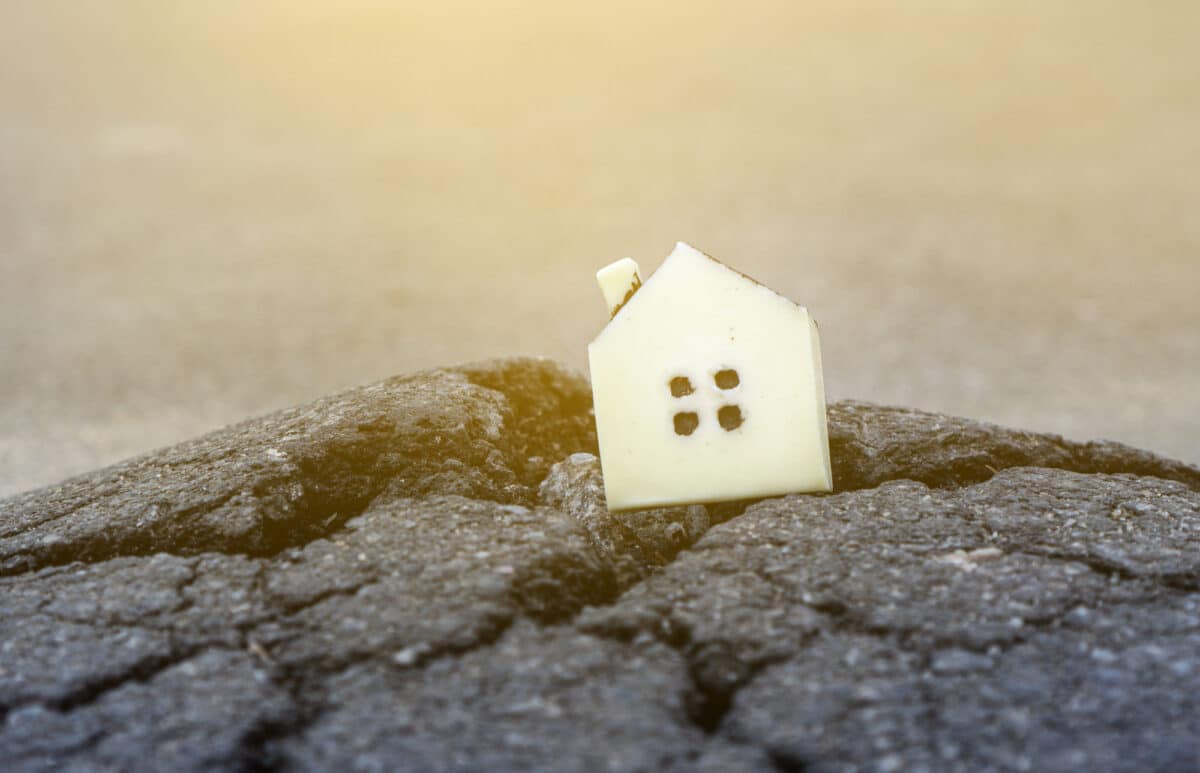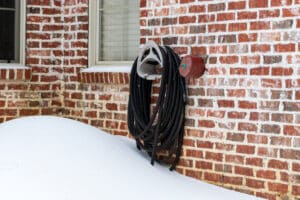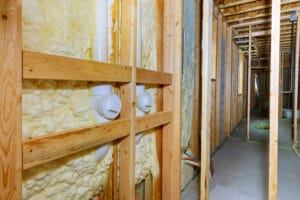The nature of soil and earth is that it shifts, expands, and contracts. And while the foundation of your home is built to be a stabilizer for your home that sits on shifting ground conditions, fighting the laws of nature can be difficult. The soil underneath your home shifts and settles, the same can be true of your foundation. It is important to be able to spot the signs of a sinking foundation so you can take swift action to make the appropriate fixes to your home.
Below we will outline the top 4 signs your foundation has begun sinking:
1. Cracks in Your Foundation
The first and most obvious sign that your foundation is sinking or settling is when there are noticeable cracks in your foundation walls. But, not all foundation wall cracks are the same – some are normal and are not cause for alarm. Let’s take a look at the types of cracks:
- Shrinkage cracks happen while the concrete cures within the first year after construction, and generally do not change over time. These types of cracks and normal and mostly harmless.
- Foundation wall cracks that are wider at the top than at the bottom can indicate that part of the foundation is falling away from the rest. If you notice this problem, it’s best not to fill the cracks with anything until you determine if the foundation needs to be stabilized. Filling the cracks may prevent a contractor from being able to lift the foundation back into place.
2. Gaps or Sticking Doors and Windows
Sticking doors and windows can be common issues in homes when the weather changes, more common in older houses than new ones. But, if you notice this happening more often than not and when the weather is steady or not extreme, it could indicate a sinking or settling foundation.
One way to try and determine if your sticking doors or windows were caused by a foundation settlement issue is to place a four-foot level on the top of the window or door frame. If it’s not level, it’s a good idea to have the foundation inspected by a professional. When it comes to doors, if you’re not the original homeowner, run your hand across the top of the door to see if it has been shaved down before. The wood will feel rougher if it has been shaved. If it was shaved to fit once before and is now rubbing again, it’s likely that your home foundation is shifting or settling.
3. Wall Cracks Above Windows And Door Frames
Drywall cracks that occur around the corners of windows and doors – on any floor of your home – are often due to foundation movement. If you see a crack of this nature, it is best to have the foundation inspected by a professional. If a crack has been repaired once before and has opened again, it is likely a sign that the foundation is shifting or settling.
4. Uneven Floors
There is almost always some sort of foundation problem associated with uneven floors, but some problems are easier to fix than others. If your basement concrete floors aren’t level, this is typically caused by foundation settlement. You should have this inspected by a foundation specialist. If the floors in your upstairs areas are not level, it could indicate that your foundation is settling or the interior columns in the basement or crawlspace are shifting. Another potential issue could be sagging floor joists, which are especially common in homes with a dirt crawlspace
Schedule A Foundation Inspection Today
Our team provides homeowners with fast and effective foundation inspection services to determine whether your foundation is sinking and provide options for fixing the problem. With years of experience and training, our team specializes in securing the structural integrity of your home’s foundation.
Contact Missouri Foundation and Foam at 573-567-0757 or use the contact form on our website to schedule a foundation inspection today.





